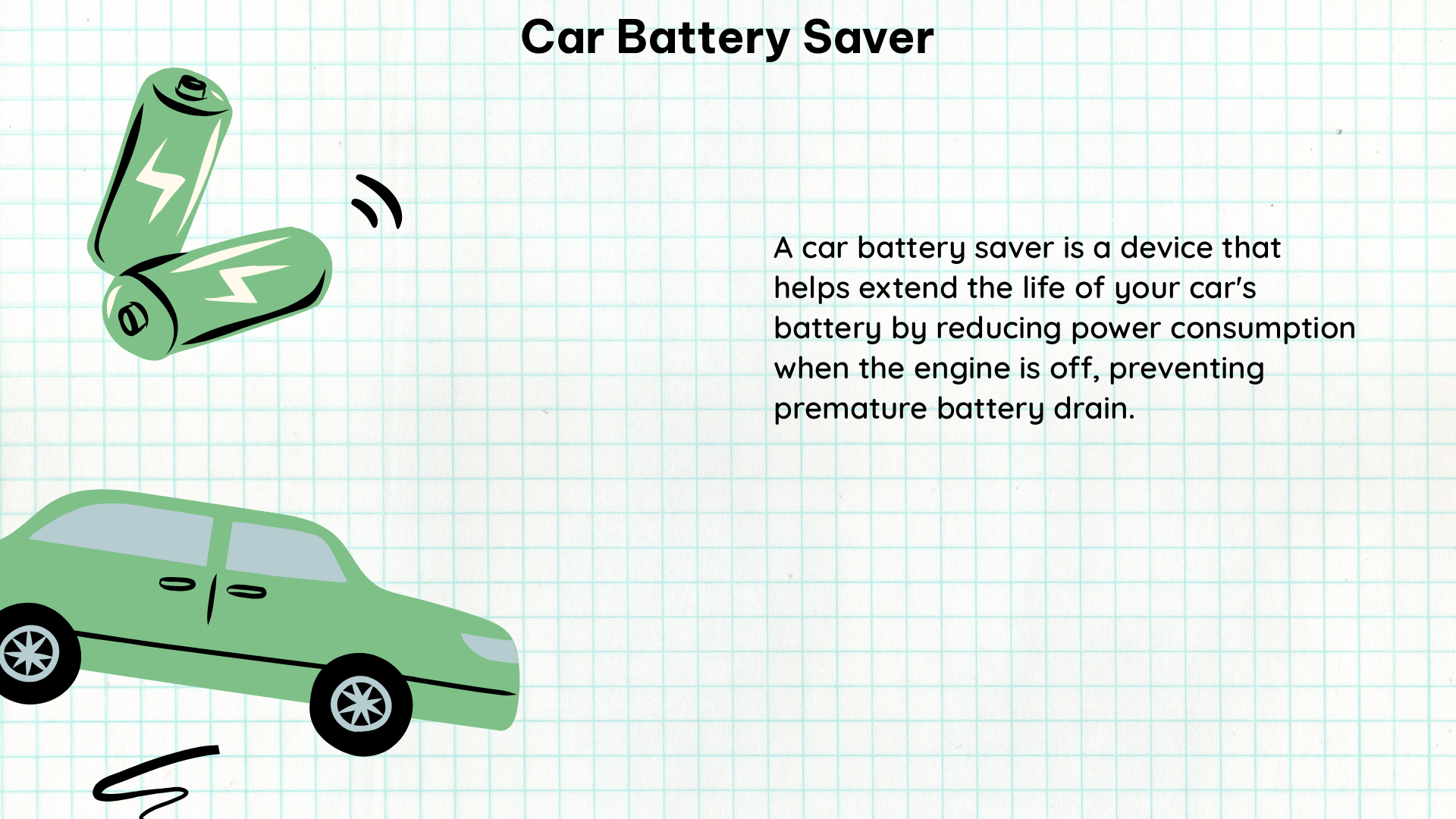A car battery saver, also known as a battery maintainer or trickle charger, is a device designed to keep your vehicle’s battery at full charge when it’s not in use for extended periods. Whether you own a seasonal car, a classic ride, or any vehicle that sits idle for weeks at a time, a reliable battery saver can be a game-changer in preserving your battery’s health and ensuring your car is ready to go when you need it.
Understanding the Technical Specifications
When selecting a car battery saver, there are several crucial technical specifications to consider:
Voltage Rating
The saver’s voltage rating must match the voltage of your car’s battery, which is typically 12 volts for most vehicles. Using a saver with the wrong voltage can damage your battery or even pose a safety hazard.
Amperage Rating
The saver’s amperage rating should be appropriate for your battery’s capacity. As a general rule, choose a saver with an amperage rating that is approximately 10% of your battery’s capacity. For example, a 50 Ah battery would require a saver with a 5 Ah rating.
| Battery Capacity | Recommended Saver Amperage |
|---|---|
| 30 Ah | 3 Ah |
| 50 Ah | 5 Ah |
| 75 Ah | 7.5 Ah |
| 100 Ah | 10 Ah |
Charging Algorithm
The saver’s charging algorithm is another crucial factor. Some savers use a simple constant voltage charging method, while others employ more sophisticated algorithms that adjust the charging voltage and current based on the battery’s state of charge. These advanced algorithms can help prolong the battery’s life by preventing overcharging and deep discharging.
Connecting and Using a Car Battery Saver

Now, let’s dive into the step-by-step process of using a car battery saver:
-
Connect to a Power Source: Start by connecting the saver to a power source, such as a wall outlet or a portable power bank. Ensure that the power source can provide the necessary voltage and amperage to charge your battery effectively.
-
Connect the Positive Lead: Locate the positive (red) lead on the saver and connect it to the positive terminal of your car’s battery. This is typically the terminal marked with a “+” symbol.
-
Connect the Negative Lead: Next, connect the negative (black) lead on the saver to the negative terminal of the battery, which is typically marked with a “-” symbol.
-
Set the Charging Parameters: Refer to your battery’s specifications and set the saver’s charging voltage and current accordingly. This ensures that the battery is charged at the optimal rate, preventing damage or overcharging.
-
Monitor the Charging Process: Periodically check the battery’s voltage and current to ensure that the charging is progressing as expected. Most advanced savers have built-in monitoring features, but it’s always a good idea to keep an eye on the process.
-
Disconnect the Saver: Once the battery is fully charged, disconnect the saver from both the power source and the battery terminals. Leaving the saver connected indefinitely can lead to overcharging and potentially damage the battery.
Additional Considerations
Here are some additional factors to keep in mind when using a car battery saver:
- Battery Type: Ensure that the saver is compatible with the type of battery in your vehicle, whether it’s a lead-acid, AGM, or lithium-ion battery.
- Charging Time: The time required to fully charge a battery can vary depending on its capacity and the saver’s amperage rating. As a general guideline, a 50 Ah battery can be charged in approximately 10 hours using a 5 Ah saver.
- Saver Placement: Position the saver in a well-ventilated area, away from any flammable materials or sources of heat or moisture.
- Safety Precautions: Always exercise caution when working with electrical equipment and batteries. Wear protective gear, such as safety glasses and gloves, and follow the manufacturer’s instructions carefully.
By understanding the technical specifications, properly connecting and using a car battery saver, and considering additional factors, you can ensure that your vehicle’s battery remains in top condition, ready to power your adventures whenever you need it.
References:
- Car Battery Saver Mode: What It Is and How It Works
- Battery Saver Active message | EnclaveForum.net
- What Does a Battery Saver Do? – In The Garage with CarParts.com

The lambdageeks.com Core SME Team is a group of experienced subject matter experts from diverse scientific and technical fields including Physics, Chemistry, Technology,Electronics & Electrical Engineering, Automotive, Mechanical Engineering. Our team collaborates to create high-quality, well-researched articles on a wide range of science and technology topics for the lambdageeks.com website.
All Our Senior SME are having more than 7 Years of experience in the respective fields . They are either Working Industry Professionals or assocaited With different Universities. Refer Our Authors Page to get to know About our Core SMEs.